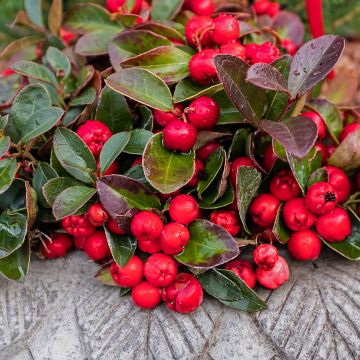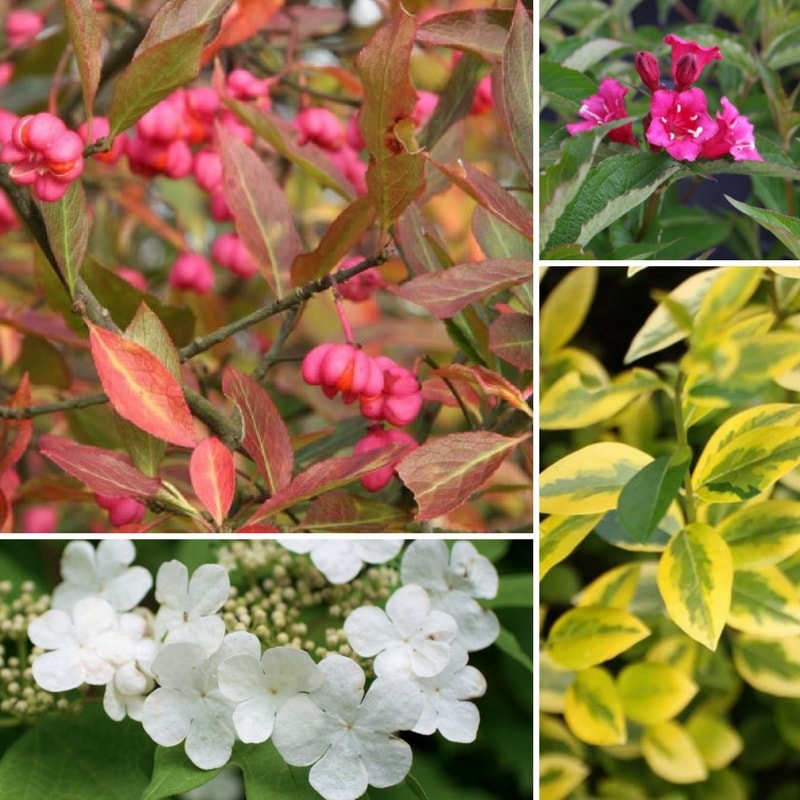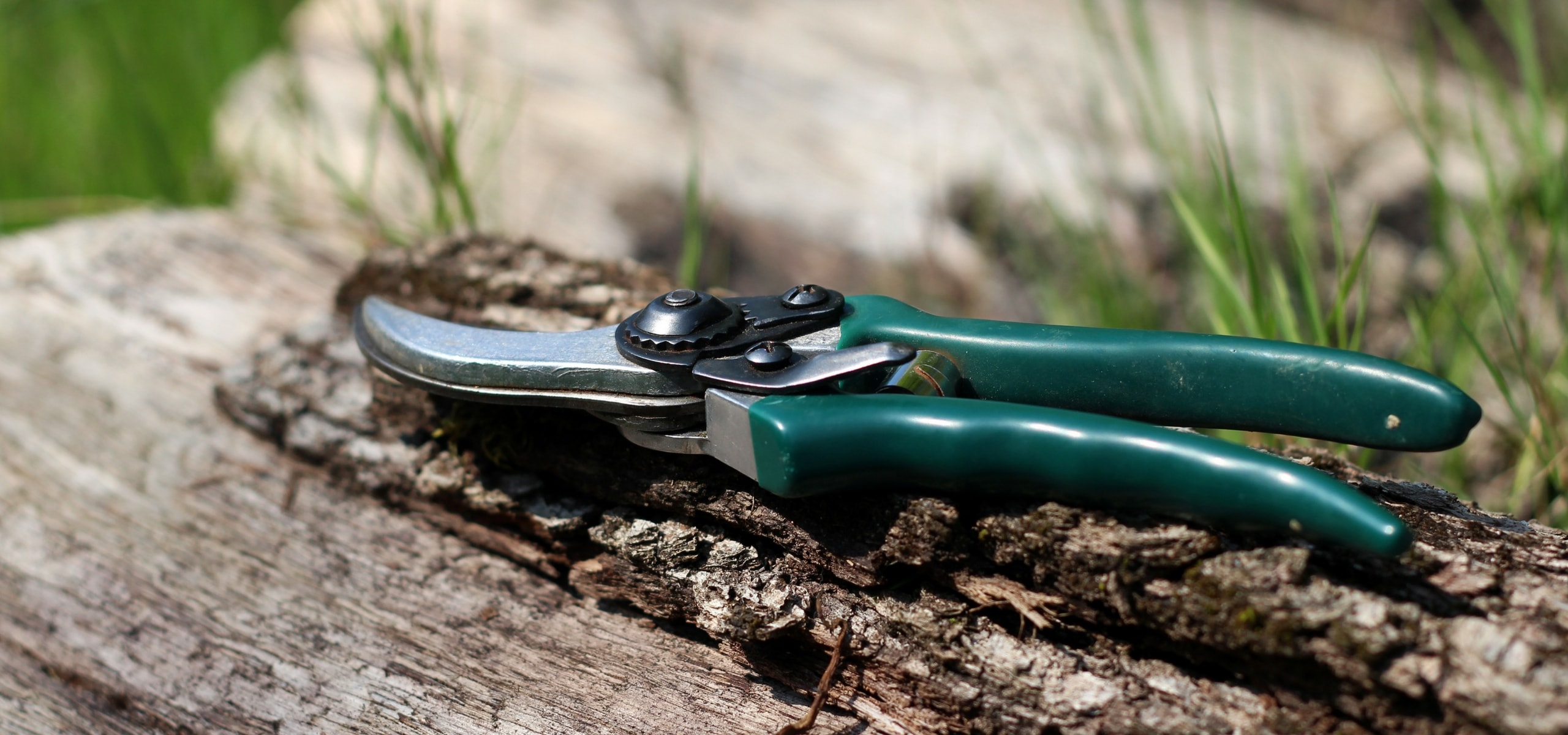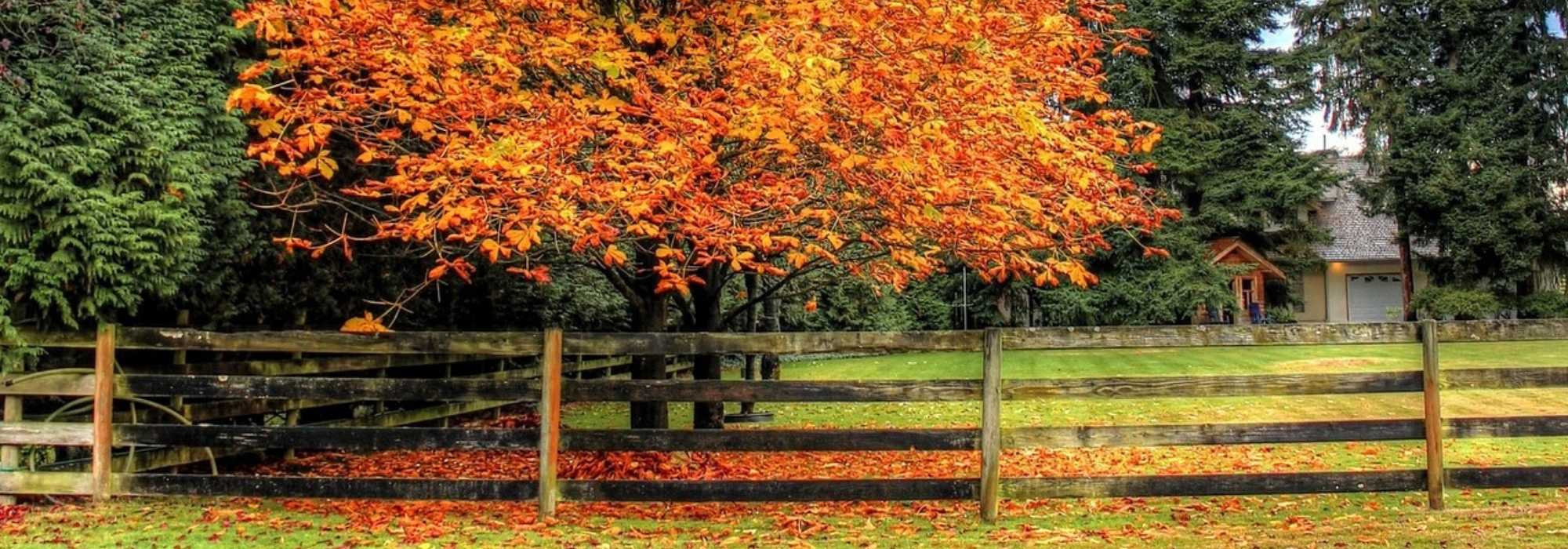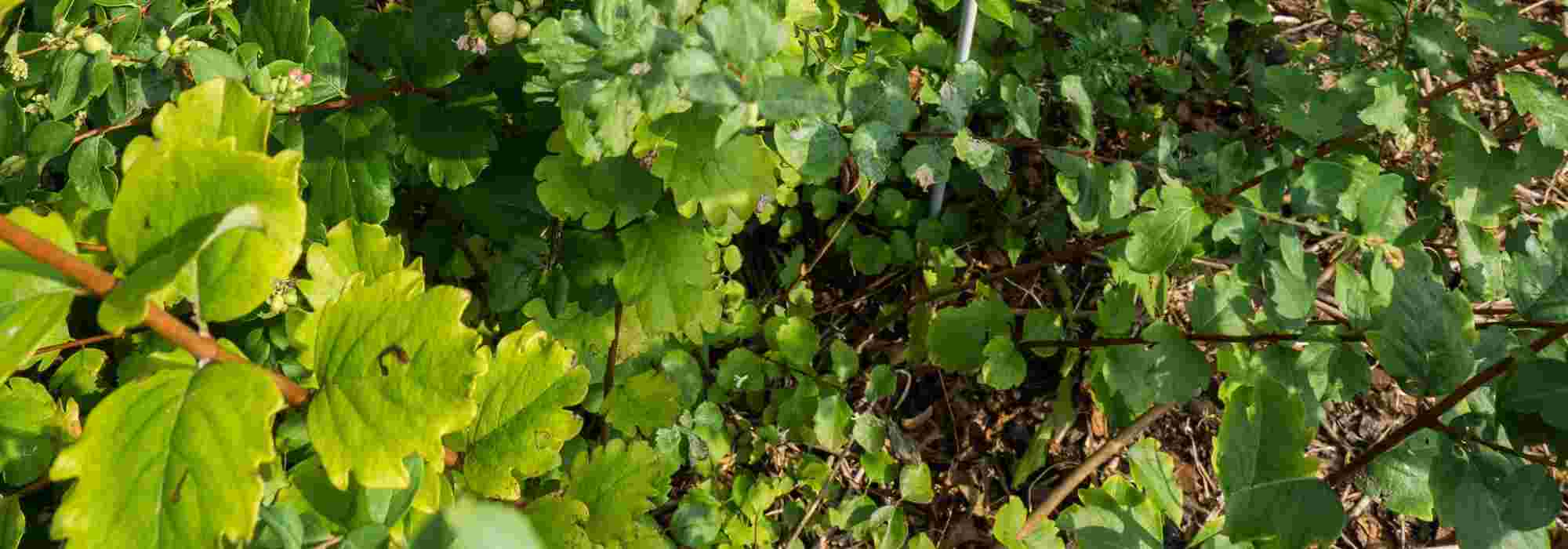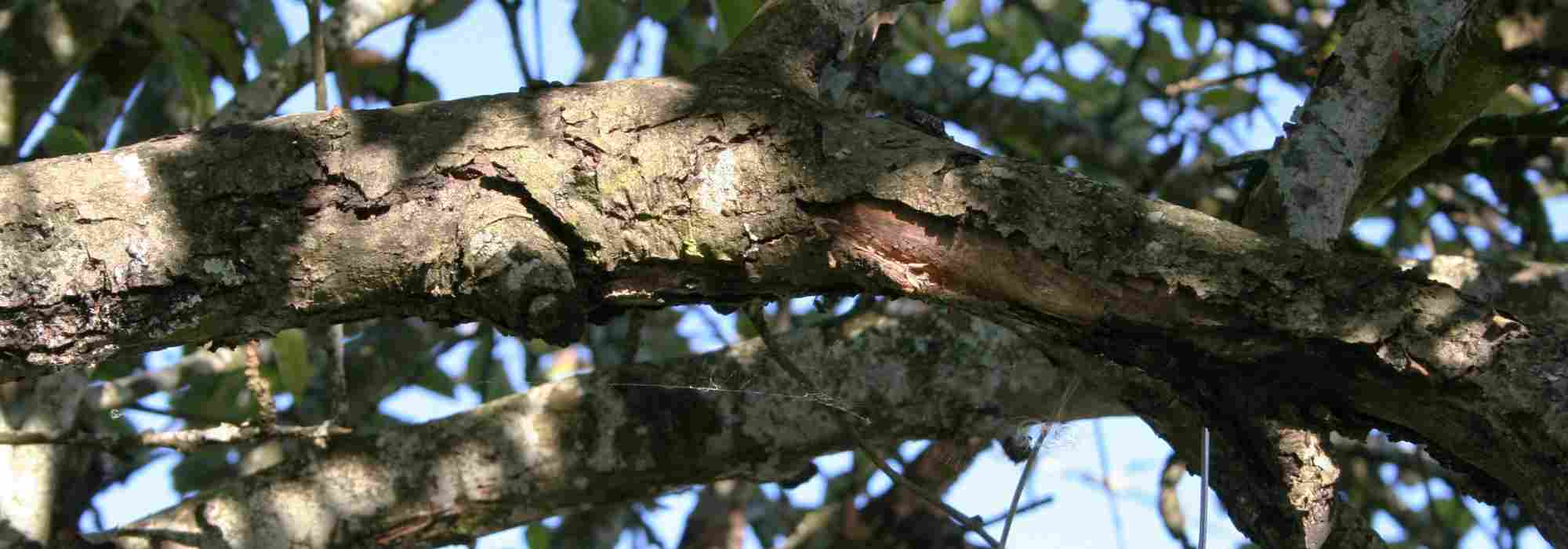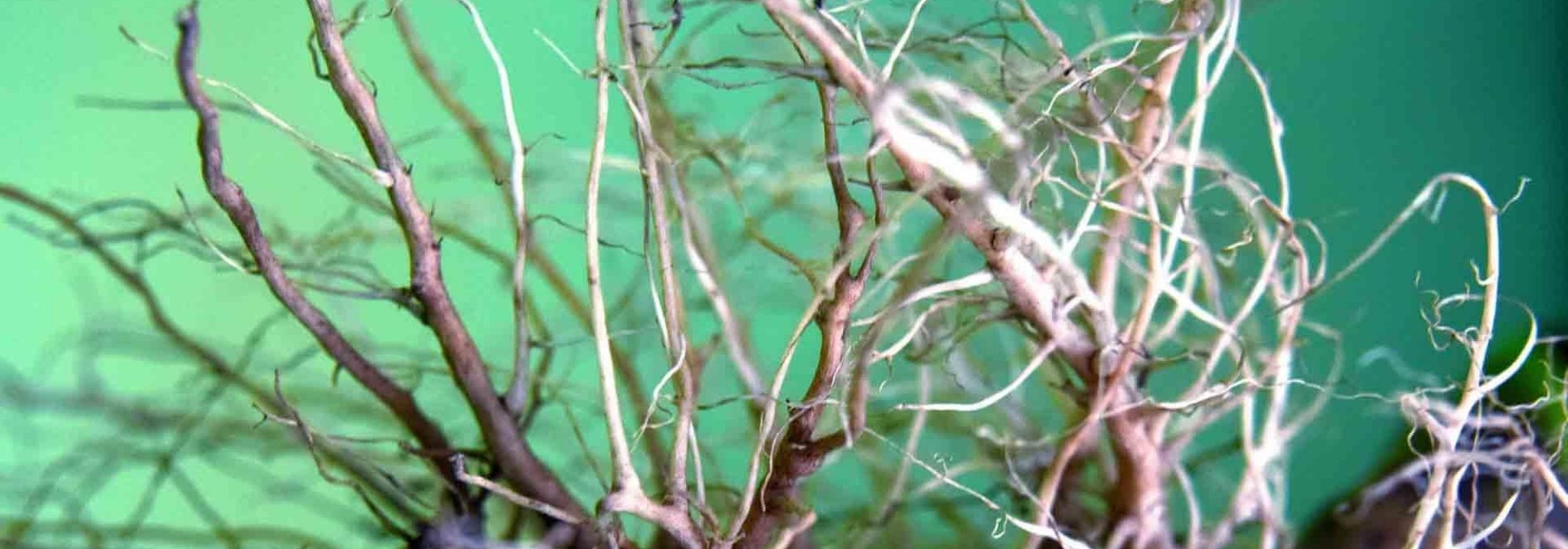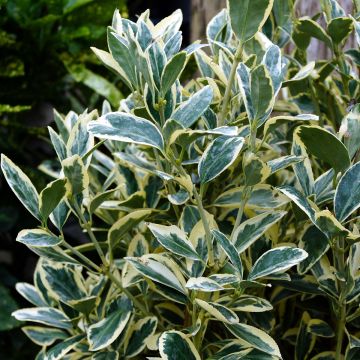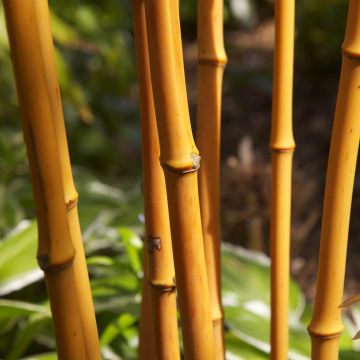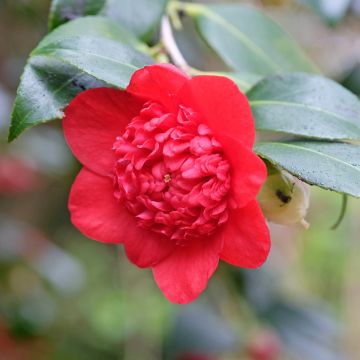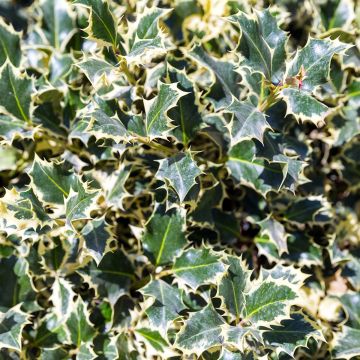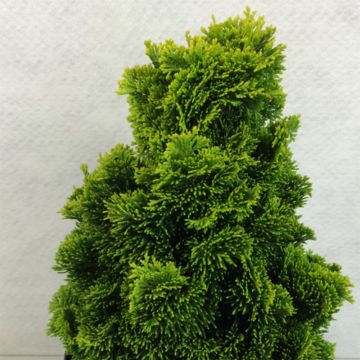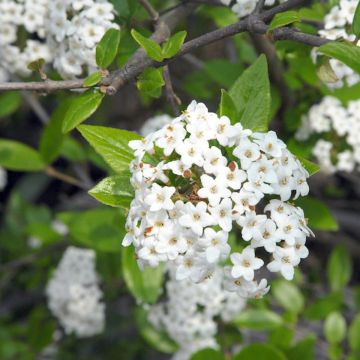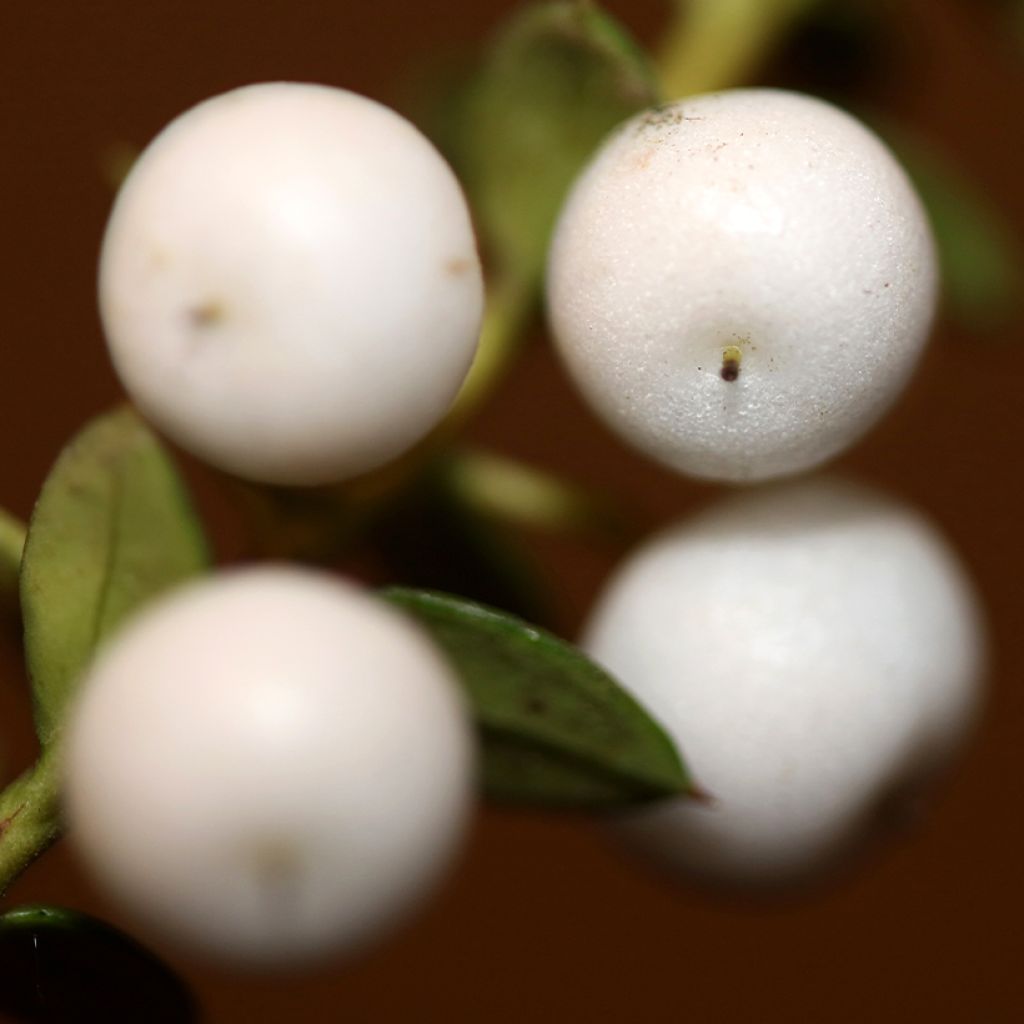

Gaultheria White Pearl
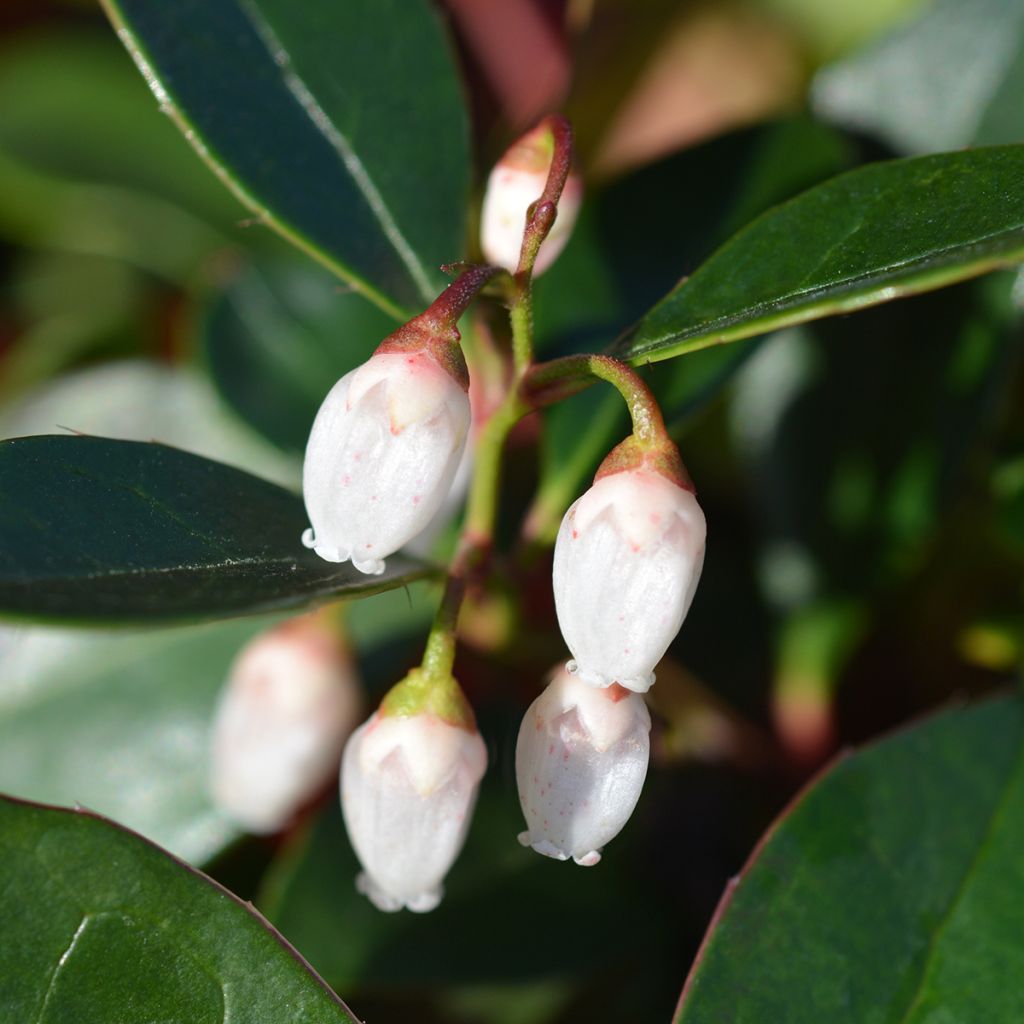

Gaultheria White Pearl
Gaultheria White Pearl
Gaultheria procumbens x mucronata White Pearl
Checkerberry, American Mountain Tea, Aromatic Wintergreen, Boxberry, Canada Tea, Canterberry, Chequerberry, Chickenberry, Chinks, Creeping Checkerberry, Creeping Wintergreen, Creeping Wintergreen Checkerberry, Drunkards, Gingerberry, Ground Tea, Groundber
Special offer!
Receive a €20 voucher for any order over €90 (excluding delivery costs, credit notes, and plastic-free options)!
1- Add your favorite plants to your cart.
2- Once you have reached €90, confirm your order (you can even choose the delivery date!).
3- As soon as your order is shipped, you will receive an email containing your voucher code, valid for 3 months (90 days).
Your voucher is unique and can only be used once, for any order with a minimum value of €20, excluding delivery costs.
Can be combined with other current offers, non-divisible and non-refundable.
Why not try an alternative variety in stock?
View all →This plant carries a 24 months recovery warranty
More information
We guarantee the quality of our plants for a full growing cycle, and will replace at our expense any plant that fails to recover under normal climatic and planting conditions.
Does this plant fit my garden?
Set up your Plantfit profile →
Description
The Gaultheria 'White Pearl' is a variety of Gaultheria with white winter fruiting. It forms a small prostrate bush with evergreen, dark green foliage. A plant that requires acidic soil is used in ericaceous beds or to create decorative pots in winter. Its attractive rounded foliage and bright white berries are eye-catching on the terrace or balcony.
The 'White Pearl' Gaultheria is a hybrid horticultural selection resulting from cross-breeding the procumbens x mucronata species. Native to North America, its parent, Gaultheria procumbens, is common in Canada's acidic undergrowth of large coniferous and deciduous forests. Perfectly hardy and resistant to drought, once established, this species cannot tolerate limestone. 'White Pearl', slow-growing and small, does not exceed 15 cm (6in) in height and has a spread of 30-40 cm (12-16in). A slightly running underground stem produces new small bushes over time, slowly covering the soil in the spaces between stones or other plants. The dense foliage is composed of very small, tough, glossy, dark green leaves that turn purple as temperatures drop in autumn. Flowering occurs in summer, from July to August. It takes the form of small, white, waxy, bell-shaped flowers that appear in the axils of the leaves. Pollinated by insects, they then produce round shiny white berries. This fruiting is popular with certain birds.
The 'White Pearl' Gaultheria thrives in shade or partial shade. It fits perfectly as ground cover at the base of ericaceous beds, under small bushes such as heathers, azaleas, camellias, or even under hydrangeas. It fills bare spaces with its evergreen foliage and provides decorative fruiting in winter. You can also plant it in a pot on the patio or balcony.
Be careful not to let children play with its attractive berries, as even though they have therapeutic benefits, improper dosing of medicinal plants can be toxic.
Report an error about the product description
Gaultheria White Pearl in pictures


Plant habit
Flowering
Foliage
Botanical data
Gaultheria
procumbens x mucronata
White Pearl
Ericaceae
Checkerberry, American Mountain Tea, Aromatic Wintergreen, Boxberry, Canada Tea, Canterberry, Chequerberry, Chickenberry, Chinks, Creeping Checkerberry, Creeping Wintergreen, Creeping Wintergreen Checkerberry, Drunkards, Gingerberry, Ground Tea, Groundber
Cultivar or hybrid
Other Gaultheria
View all →Planting and care
Plant Gaultheria 'White Pearl' in an acidic soil, or at a push in a neutral ground, but be careful with limestone, as it really doesn't suit it. It is a bush accustomed to shade or semi-shade. Mulching with pine bark or needles will be appreciated to keep the freshness it needs in the first year. After planting, thoroughly water with non-calcareous water to remove air pockets, then monitor during the first summer. In the long term, add heath soil or turf each year at its base. For pruning, limit propagation to the area you reserve for your Gaultheria by simply cutting off any excess, taking care not to chop the branches.
Planting period
Intended location
Care
Planting & care advice
This item has not been reviewed yet - be the first to leave a review about it.
Similar products
Haven't found what you were looking for?
Hardiness is the lowest winter temperature a plant can endure without suffering serious damage or even dying. However, hardiness is affected by location (a sheltered area, such as a patio), protection (winter cover) and soil type (hardiness is improved by well-drained soil).

Photo Sharing Terms & Conditions
In order to encourage gardeners to interact and share their experiences, Promesse de fleurs offers various media enabling content to be uploaded onto its Site - in particular via the ‘Photo sharing’ module.
The User agrees to refrain from:
- Posting any content that is illegal, prejudicial, insulting, racist, inciteful to hatred, revisionist, contrary to public decency, that infringes on privacy or on the privacy rights of third parties, in particular the publicity rights of persons and goods, intellectual property rights, or the right to privacy.
- Submitting content on behalf of a third party;
- Impersonate the identity of a third party and/or publish any personal information about a third party;
In general, the User undertakes to refrain from any unethical behaviour.
All Content (in particular text, comments, files, images, photos, videos, creative works, etc.), which may be subject to property or intellectual property rights, image or other private rights, shall remain the property of the User, subject to the limited rights granted by the terms of the licence granted by Promesse de fleurs as stated below. Users are at liberty to publish or not to publish such Content on the Site, notably via the ‘Photo Sharing’ facility, and accept that this Content shall be made public and freely accessible, notably on the Internet.
Users further acknowledge, undertake to have ,and guarantee that they hold all necessary rights and permissions to publish such material on the Site, in particular with regard to the legislation in force pertaining to any privacy, property, intellectual property, image, or contractual rights, or rights of any other nature. By publishing such Content on the Site, Users acknowledge accepting full liability as publishers of the Content within the meaning of the law, and grant Promesse de fleurs, free of charge, an inclusive, worldwide licence for the said Content for the entire duration of its publication, including all reproduction, representation, up/downloading, displaying, performing, transmission, and storage rights.
Users also grant permission for their name to be linked to the Content and accept that this link may not always be made available.
By engaging in posting material, Users consent to their Content becoming automatically accessible on the Internet, in particular on other sites and/or blogs and/or web pages of the Promesse de fleurs site, including in particular social pages and the Promesse de fleurs catalogue.
Users may secure the removal of entrusted content free of charge by issuing a simple request via our contact form.
The flowering period indicated on our website applies to countries and regions located in USDA zone 8 (France, the United Kingdom, Ireland, the Netherlands, etc.)
It will vary according to where you live:
- In zones 9 to 10 (Italy, Spain, Greece, etc.), flowering will occur about 2 to 4 weeks earlier.
- In zones 6 to 7 (Germany, Poland, Slovenia, and lower mountainous regions), flowering will be delayed by 2 to 3 weeks.
- In zone 5 (Central Europe, Scandinavia), blooming will be delayed by 3 to 5 weeks.
In temperate climates, pruning of spring-flowering shrubs (forsythia, spireas, etc.) should be done just after flowering.
Pruning of summer-flowering shrubs (Indian Lilac, Perovskia, etc.) can be done in winter or spring.
In cold regions as well as with frost-sensitive plants, avoid pruning too early when severe frosts may still occur.
The planting period indicated on our website applies to countries and regions located in USDA zone 8 (France, United Kingdom, Ireland, Netherlands).
It will vary according to where you live:
- In Mediterranean zones (Marseille, Madrid, Milan, etc.), autumn and winter are the best planting periods.
- In continental zones (Strasbourg, Munich, Vienna, etc.), delay planting by 2 to 3 weeks in spring and bring it forward by 2 to 4 weeks in autumn.
- In mountainous regions (the Alps, Pyrenees, Carpathians, etc.), it is best to plant in late spring (May-June) or late summer (August-September).
The harvesting period indicated on our website applies to countries and regions in USDA zone 8 (France, England, Ireland, the Netherlands).
In colder areas (Scandinavia, Poland, Austria...) fruit and vegetable harvests are likely to be delayed by 3-4 weeks.
In warmer areas (Italy, Spain, Greece, etc.), harvesting will probably take place earlier, depending on weather conditions.
The sowing periods indicated on our website apply to countries and regions within USDA Zone 8 (France, UK, Ireland, Netherlands).
In colder areas (Scandinavia, Poland, Austria...), delay any outdoor sowing by 3-4 weeks, or sow under glass.
In warmer climes (Italy, Spain, Greece, etc.), bring outdoor sowing forward by a few weeks.






























